Fiber Corp to offer competition to the NBN in Sydney
Articles
Fiber Corp looks to fill NBN gap | The Australian Business Review
Fiber Corp rolling out NBN alternative | CIO
NBN rival Fiber Corp to offer alternative CVC model | Optical Solutions
Fibre optics firm plans to offer 10Gbps speeds | ITWire
From the horse’s mouth
Fiber Corp
My Comments
A highly-politicised National Broadband Network deployment in Australia, which has led to the slow rollout of its services across most of Australia’s urban areas has brought on the arrival of infrastructure-level competition.
This is where independent companies are rolling out fibre-optic or other infrastructure to deliver next-generation broadband Internet service to various neighbourhoods. It has been facilitated by recent liberalisation of the market where multiple retail-level ISPs can buy access to these networks. A similar situation has occurred in the United Kingdom to open up next-generation broadband in to various urban and rural areas thanks to independent operators laying down their infrastructure independent of BT Openreach – the UK’s British-Telecom-controlled equvalent of the National Broadband Network.
One of these that has started taking action is DGTek who had started to run their own fibre-optic infrastructure around Elwood and some of Melbourne’s inner-south-east bayside suburbs, while another of these is TPG who have installed their own infrastructure in a number of apartment complexes across Australia, putting the wind up NBN to cover those locations.
Fiber Corp, a Sydney-based fibre-optic infrastructure company backed by veteran food-industry business and turf identity Nicholas Moraitis who owned the 1997 Melbourne Cup winner “Might And Power”, has started to offer their own competing infrastructure to multiple-occupancy building developments in central Sydney and Mascot. Their infrastructure is based on fibre-to-the-premises implementing Gigabit PON and NG-PON technology capable of offering up to 10Gbps but is being deployed with a similar business attitude to TPG’s infrastructure efforts. Here it is about the “best bang for the buck” where you are thinking about a high-quality service at an affordable price.
It will take advantage of the recent liberalisation of the infrastructure market that allows multiple retail ISPs to compete on the same physical infrastructure, but will be architected to allow small-time and startup operators on to the infrastructure at a cheap price.
Although Fiber Corp is focusing on the larger multi-occupant developments, they have had attracted interest from some of the local councils who are frustrated with the rollout delays associated with the NBN service.
Joel Clarke, Fiber Corp’s CIO, is pushing for a better “NBN levy” scheme for financing rural broadband rollouts. Here, he wants to see that all of the compliant and participating infrastructure providers are seen as part of a larger logical NBN rather than just the infrastructure provided by NBN Co. It will also require NBN Co to be aggregated to offset all additional costs to wholesalers, retail ISPs and consumers. Otherwise, this levy will simply be seen as a tax upon competing infrastructure providers, making it harder for them to do business.
It also includes the requirement to allow any retail ISP to connect to any infrastructure and offer their service to every customer endpoint. This would allow for customers to benefit from a wider choice of Internet service providers and permit the existence of boutique service providers on the infrastructure.

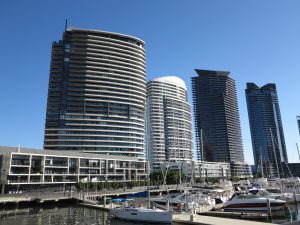
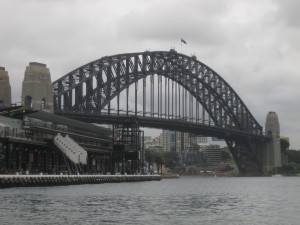

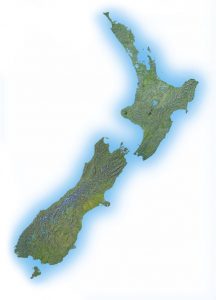
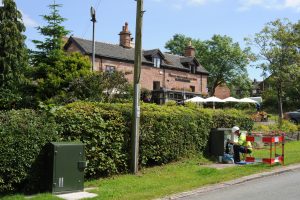

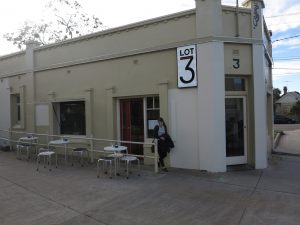

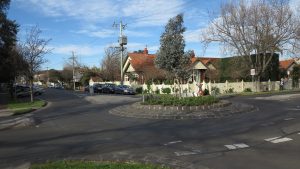
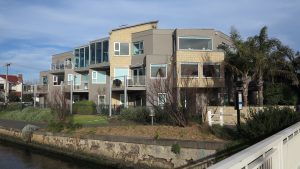
![York UK aerial view courtesy of DACP [CC BY-SA 2.0 (http://creativecommons.org/licenses/by-sa/2.0)], via Wikimedia Commons](https://homenetworking01.info/wp-content/uploads/2015/09/York_Aerial_view-300x225.jpg)
![US Flag By Dbenbenn, Zscout370, Jacobolus, Indolences, Technion. [Public domain], via Wikimedia Commons](https://homenetworking01.info/wp-content/uploads/2014/08/Flag_of_the_United_States.svg_-300x157.png)